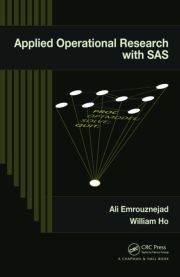Named after its developer Chames, Cooper and Rhodes, this is the first and fundamental DEA model, built on the notion of efficiency as defined in the classical engineering ratio. The CCR ratio model calculates an overall efficiency for the unit in which both its pure technical efficiency and scale efficiency are aggregated into a single value. The obtained efficiency is never absolute as it is always measured relative to the field. The Chames et al (1978) article marked the birth of DEA, and despite the numerous modified models that have appeared, the CCR model is still the most widely known and used of DEA models.















